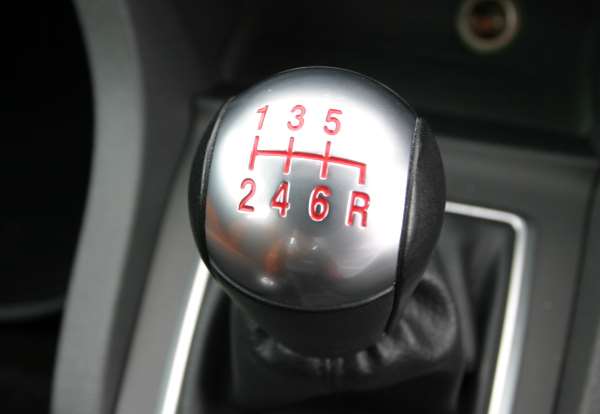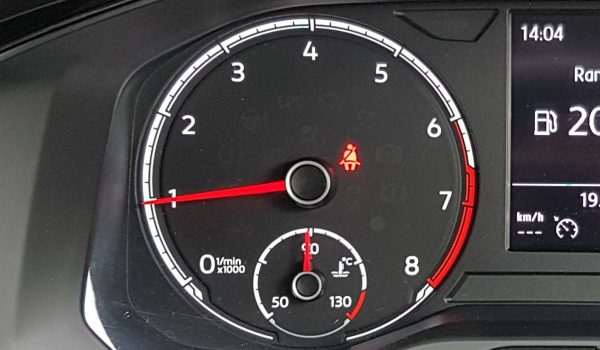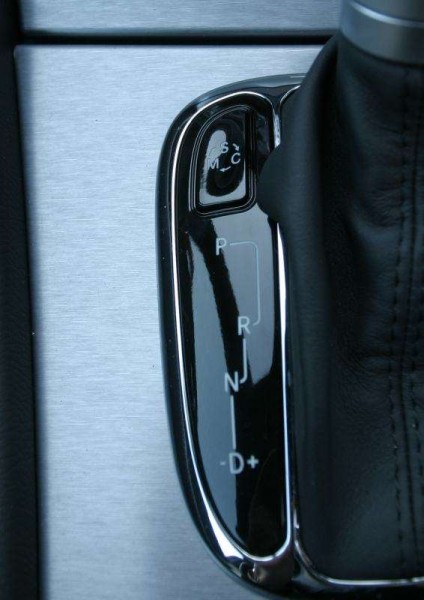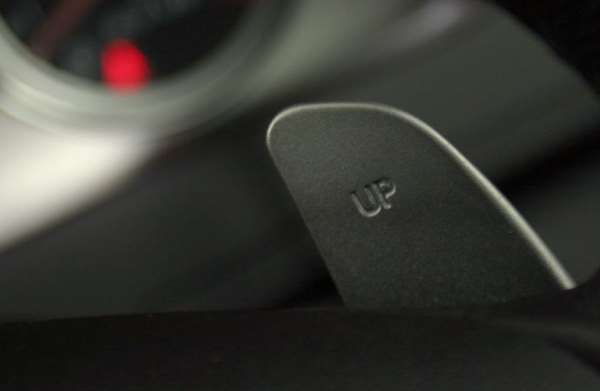The two types of gearboxes are manual and automatic. With a manual gearbox, you will need to manually change gears frequently when driving, whereas with an automatic gearbox you can choose to change gears at certain times to optimise performance. There are a number of scenarios where it’s either necessary or advisable to change gears manually; advanced drivers make use of this more than novice drivers.
When to change gears using a manual gearbox

The gearbox has a gate and gears are selected by pushing in the clutch (‘dipping’) and changing the position of the gear lever – this is something learner drivers often struggle to get smooth. There are usually five or six forward gears and one reverse gear. Obviously, to drive in reverse you must change the gear into reverse (R) and to drive forward you would usually start in gear 1 or 2, depending on the engine’s characteristics and whether you are starting on a slope.
Changing up one or more gears
Once you’ve started off in first gear, wait until the revs reach between 2500-3000rpm and then change up to second. Repeat this process until you are going your desired speed and you are cruising with the revs at approximately 2000rpm. This is an economical way to drive the car.
If you need to accelerate quickly then you will only change gear once the acceleration drops off. Usually this is at around 6000rpm in a petrol-powered car; the engine’s redline usually starts between 6500 to 7500rpm, so you will need to change before then.

Rev counter on a VW Polo showing the redline marking
Changing down one or more gears
As you brake, the engine revs will drop. If they drop too low the engine will stall and, if you suddenly need power again, there will be none. Therefore, as you brake, change down gears before revs drop below 1000rpm so that you maintain the revs at around 2000rpm. Obviously, if you are coming to a stop, you’ll let the revs drop lower than 1000rpm and will dip the clutch to prevent it stalling.
You can ‘block shift’ gears, which means changing down more than one gear at a time. If you are braking hard enough you might be able to change down from 5th to 3rd rather than 5th to 4th. This is better for the gearbox as you have one less change; lorry drivers use this kind of shifting as much as possible to minimise wear and tear.
If you are driving on a long downhill stretch and you find yourself using the brake to keep your speed down. Instead, you can change down one or two gears and use engine braking to save your brakes and avoid brake fade.
If you are preparing to overtake or you are approaching a steep uphill then you could change down in preparation so that you are in the right gear for the amount of power you will require when you need it. However, avoid driving for long periods in a gear lower than necessary otherwise you will use a lot more fuel.
Parking on a slope
When parking on a downhill slope, leave your car in reverse and when parking on an uphill slope leave it in first. This way, if the handbrake fails, the engine braking effect will prevent your car rolling down the hill at speed.
When to change gears using an automatic gearbox

Older-style automatic gearboxes have P (park), N (neutral), D (drive), 2 and L (low). Typically you would place the car in D and let it sort out which gear it thinks is most appropriate based on how much acceleration you are asking of the car. However, if you are facing downhill, the vehicle will continue to pick up speed, changing up gears, until wind, road and engine resistance stop it. This is where 2 and L come into play. You manually change into these gears to save your brakes on a long downhill stretch.
Modern automatic gearboxes have up to 9 ratios and many vehicles allow you to select them either by using the gear lever or paddles behind the steering wheel.

Upshift paddle
The default mode for all automatic gearboxes is to drive as economically as possible and this means they will change up to the highest practical gear for the speed unless you are in S (sport) mode. Just like with a manual gearbox you can preempt certain driving situations:
- Overtaking – change down a gear just before you need it as it will save the time your vehicle needs to decide that you need the extra power
- Approaching a hill – don’t wait until the vehicle begins to slow down until you let the gearbox change down. This can also prevent ‘hunting’ where the gearbox switches between two gears repeatedly, trying to find a consistent state
- Approaching a sharp corner – change before the corner to avoid the car either not changing down (in which case you might not have the power you want when exiting the corner) or changing down mid-corner which can sometimes unsettle the car and is against the advice of advanced drivers.
